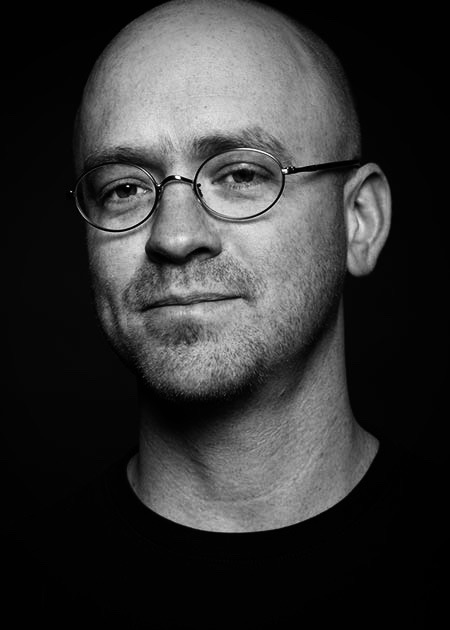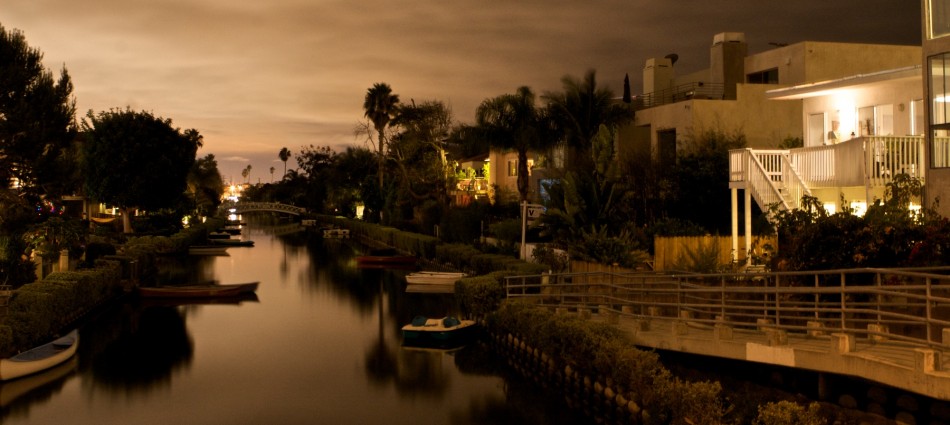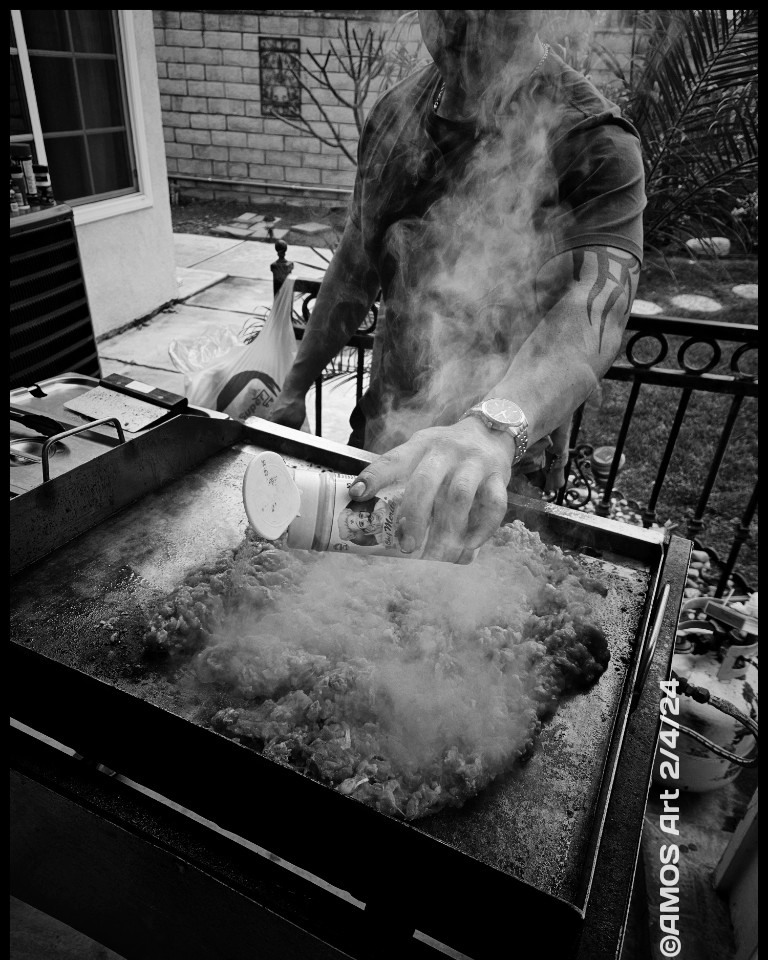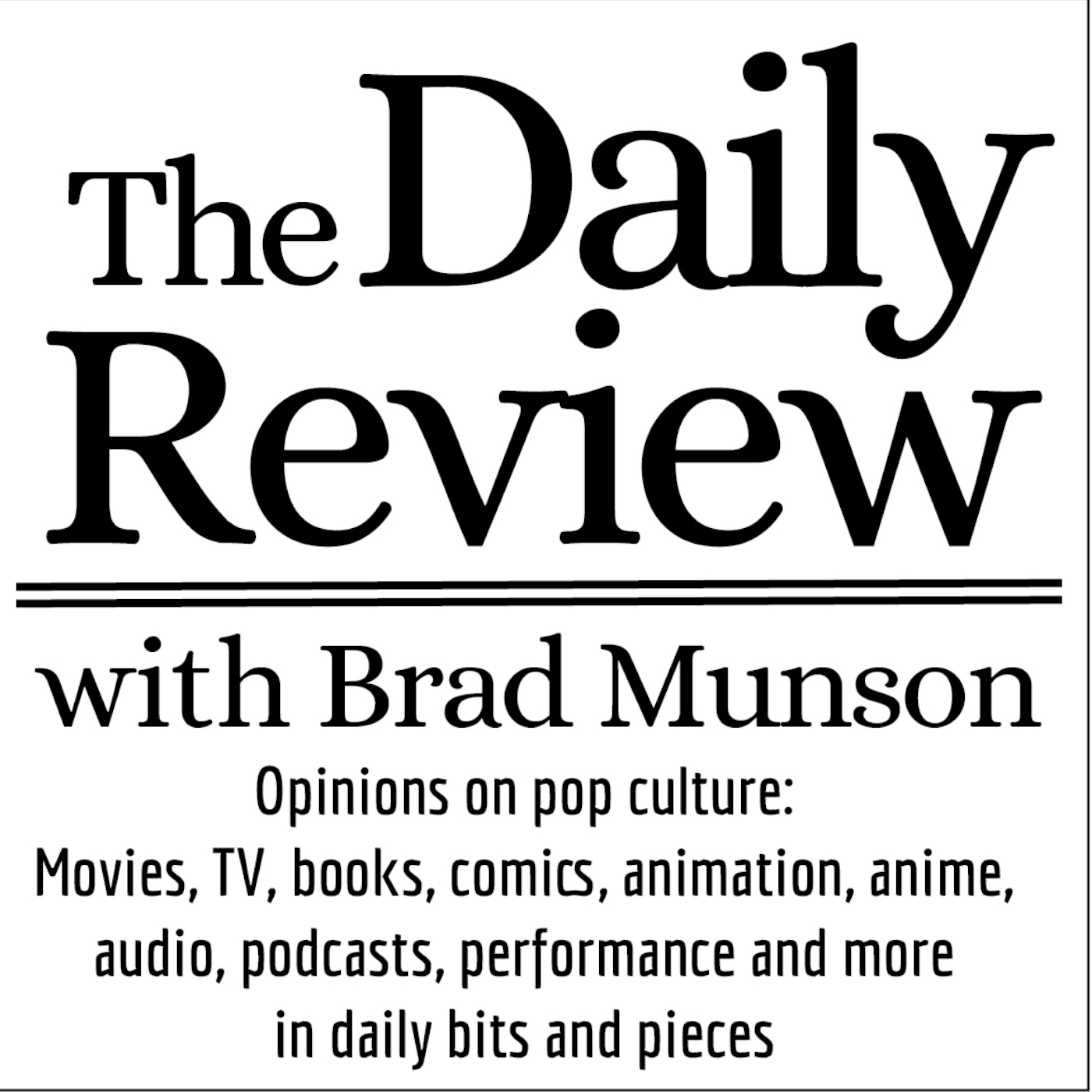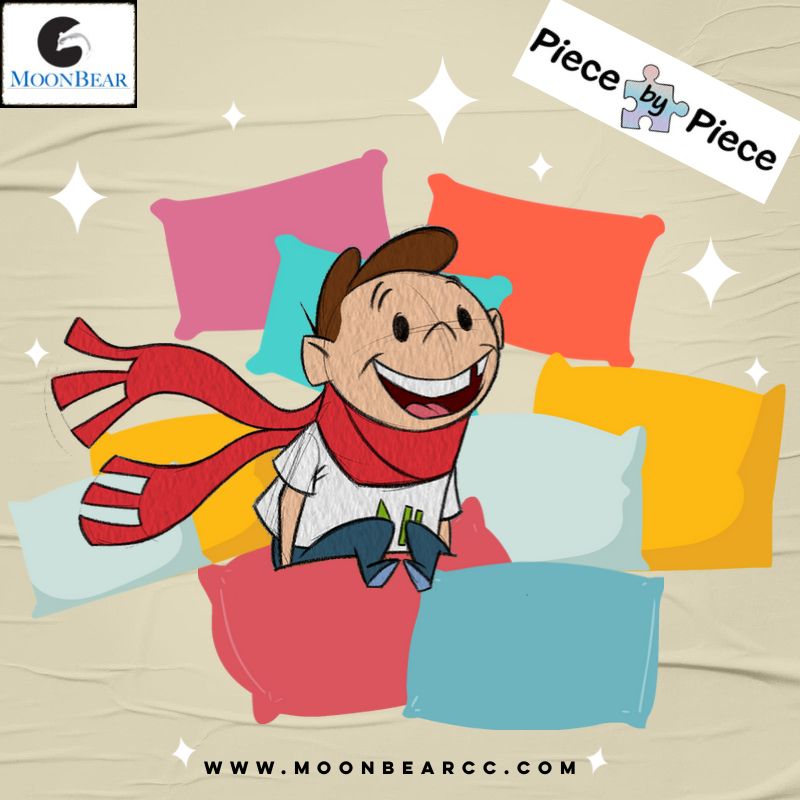On the release of Disney’s Maleficent: Mistress of Evil now on Digital 4K Ultra HD™ and Movies Anywhere, 4K Ultra HD and Blu-ray™. Our colleague Jesus Figueroa of ThisFunktional caught up with VFX Supervisor Gary Brozenich for Maleficent: Mistress of Evil. Check out his interview below.
The thrilling sequel to 2014’s Maleficent, starring Angelina Jolie as Maleficent and Elle Fanning as her goddaughter Aurora, arrives home with brand-new bonus features, extended scenes, outtakes and an exclusive extra for Digital consumers.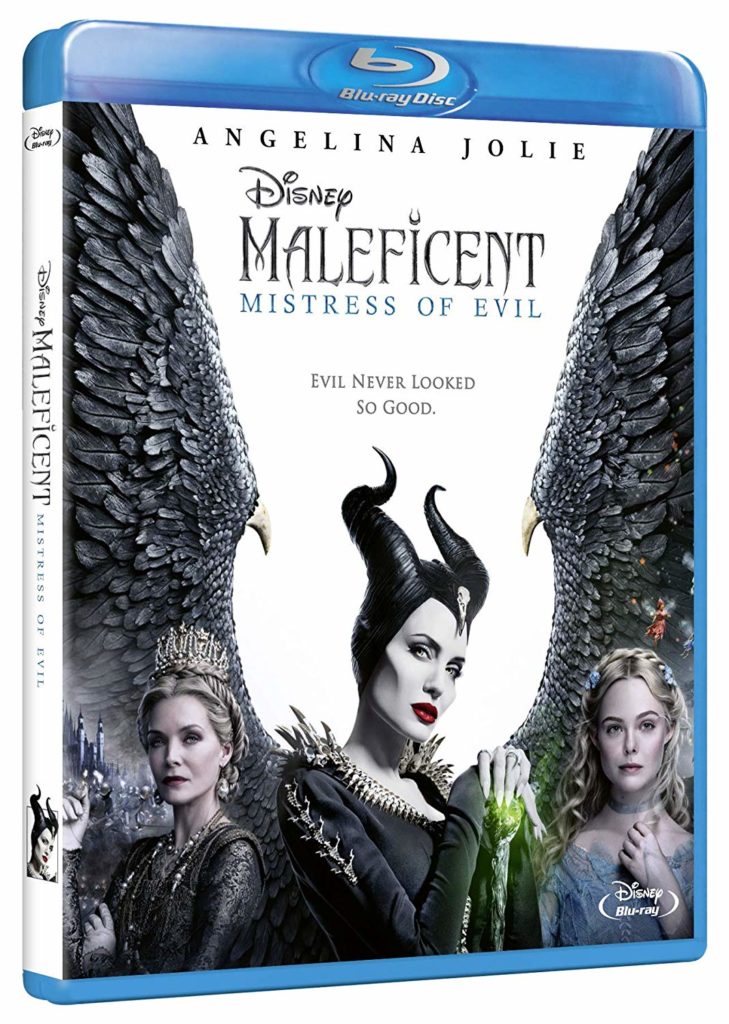
Jesus Figueroa: Congratulations on this visually stunning movie. With so many elements to this movie, the action, the characters in the different sceneries. How much more difficult is it when you have so much to supervise?
Gary Brozenich: So in that sense, you know, you have to try to prepare as much as you possibly can and talk about everything as much as you possibly can in advance so that when you do get surprised on the day, which happens every day that you know, you’ve got a well-thought-out a well-thought-out plan B to plug-in also I had a really good team, a really great production team. I had a great second unit supervisor that worked with me who I’ve known for years and you know, we had a lot of onset support so I never felt kind of overwhelmed by it, but I actually love working on these kind of movies. So I think to me just throw me in the middle of it and and it’s sort of a sink or swim and I kind of enjoy that process.
JF: What kind of added pressure do you get when you when you come into a movie like this where the character so beloved and so well known?
GB: I think that the main thing is making sure that anything that we do relating to that character those characters is respected and that anything that we change or enhance our that we do to to make that, you know a more up-to-date or what we consider to be a better version is done in conjunction and in tandem with the actor or actress that that relates to and that includes like, you know the world creation as well. You know that, if say Angelina or Elle were used to seeing or understanding that when they looked away from the throne area that was Maleficent’s in the first film that then became Elle’s throne in the second one if they were familiar with what was out there. If there was a change that happened to there was something that they were they were aware of, you know, and I think that that kind of an inclusion, you know that kind of that sort of, you know, open discussion and making sure that you’re aware your a part of the dialogue with them so that there’s nothing that they’re meant to be seeing that that isn’t what they don’t know about it. It’s a big part of it, but I think if you missed that and then that’s when you can get into trouble.
JF: So it’s having a veteran actor like Angelina or Elle something that you look for when you are going into a project or or how do you choose your projects?
GB: I certainly don’t have anything to do with choosing them (laugh). I mean the actors or actresses. You know for me, I think that a lot of it’s down to, number one is what kind of work that you’re going to get to do, you know, and I think that know been very lucky to do a whole string of Disney movies and and they’re not shy on taking risks and doing big things and trying new things and you know, they have the kind of sizable company to support that and backed that. So that to me is like that’s paramount because you know that that’s so much more fun to work on something. If you know that you’re going to have the company support the studio support. The second thing is the people that you get to work with, you know, I think that the director is huge, the director is a major part of it, you know, because really when all the dust has settled on production and everyone’s gone it sort of left with you your team, the director and the editor to really kind of come up with what the rest of the movie will be. And you know, you spend a lot of very specific intimate time with these people over a long period of time so, you know having a good director who’s got good strong ideas and knows what they want. That’s another big part of it. The actors, you know, that’s the icing on the cake. If you’re lucky enough to get to work on shows that the Angelina’s and Elle’s then that makes it all even better.
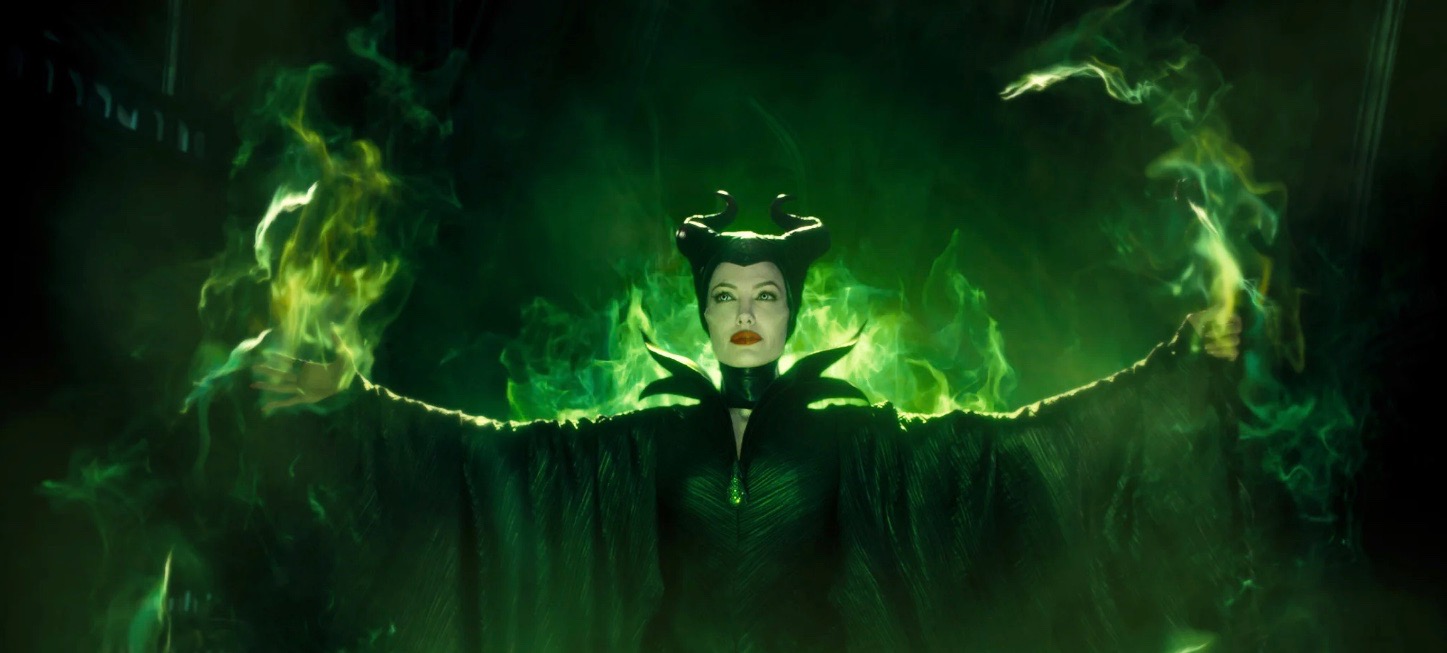 JF: In going into this project. How much did you want to get in camera have practical effects and how much did you expect to do in post-production?
JF: In going into this project. How much did you want to get in camera have practical effects and how much did you expect to do in post-production?
GB: I think that there was so much prior discussion about what was needed and what wasn’t. I think what I’ve certainly and anyone who works in the visual effects industry has seen over the last kind of ten years and more but really more strongly for me over the last kind of 5 to 10 years is that there’s a lot more kind of acceptance of the things that that visual effects is good at and what they’re not as good at or what would be more straightforward for them and more cost-effective for visual effects to do versus a practical production.
I think everybody would always love to do as much as they possibly can do in camera. I think that it’s better for the actors. It’s better for the director. It’s better for the camera operators. It’s better for the cinematographer and you know it benefits everyone to have more real stuff in front of them at all times. So I would always be of the camp that I would really be on the side of, if it can be real then, fantastic. Let’s make it real, if there’s a logistical technical financial or you know, just if it’s an obvious thing that would need to be seen of them. Let’s just not but I would hold back less now than I would have say five or ten years ago.
I’ve seen us replace so many locations and portions of sets and there’s so much CG and filmed now that I think most people don’t even realize it is digital. That it is taking for granted that I feel much more confident about the ability for the visual effects and visual effects teams and artists all over the world to do much more than we used to.
JF: What did you enjoy most about working on Maleficent 2?
GB: I enjoyed the People I got to work with. I had a great team and MPC and The Mill, a lot of them I had worked with for many years on many films. So there was a great kind of relationship there with like, you know, they Jessica Norman and Bryan Litson who were two of the supervisors. So that was great even one of the editors on the film Laura Jennings, is someone who I’ve known for before she even became an editor.
So the ability to work with a bunch of people that I like on that front is fantastic.

